India’s Wearable Device Market Declined by 9% YoY in 2Q25 to 27 Million Units: IDC
According to International
Data Corporation’s (IDC) India Monthly
Wearable Device Tracker, India’s wearable device market declined
6.3% year-over-year (YoY) in the first half of 2025 (1H25), reaching 51.6
million units. The market also recorded its fifth consecutive quarterly
decline, falling 9.4% YoY to 26.7 million units in 2Q25. The average selling
price (ASP) for overall wearables saw a modest increase of 2.2% YoY to $19.2 in
2Q25, while it remained flat in 1H25 at $18.7.
Key Highlights of 2Q25:
• Smartwatch shipments declined for the sixth consecutive
quarter, dropping 28.4% YoY to 6.6 million units in 2Q25. The
category’s share within the overall wearables market also fell, decreasing to
24.9%, down from 31.5% a year ago.
After witnessing explosive growth in 2022 and 2023, the
smartwatch market is now consolidating, primarily due to demand fatigue and
saturation in the entry-level segment.
Despite declining volumes, average selling prices (ASPs)
increased by 5.1% YoY, rising from $20.6 to $21.7 in 2Q25. Advanced
smartwatches were also impacted, with shipments falling 39.5% YoY and their market
share declining from 2.5% to 2.1%.
• Earwear category saw a marginal decline of 1.2% YoY,
reaching 19.9 million units in 2Q25, following strong double-digit growth in
the previous two quarters.
Within earwear:
- Truly Wireless Stereo (TWS) segment maintained its dominant
position with a 71.2% share, though shipments declined 1.2% YoY.
- Neckband-style earwear saw a more significant drop, with
shipments down 16.1% YoY.
- In contrast, the over-the-ear segment recorded strong growth,
with shipments surging 97.4% YoY to 1.5 million units.
- The average selling price (ASP) for earwear grew modestly by
1.1% YoY, reaching US$17.4.
Vendor Performance – 2Q25
In the overall wearables category, boAt (Imagine Marketing)
maintained its leadership, increasing its market share from 26.7% to 28.0% YoY.
- In the TWS (Truly Wireless Stereo) segment, boAt continued to
lead with a 31.9% share, followed by Boult with a 14.9% share, registering
notable YoY growth.
- In the over-the-ear segment, boAt posted exceptional growth of
198.4%, capturing a dominant 44.4% share.
- In the smartwatch category, Noise (Nexxbase) retained its top
position with a 30.9% share, while boAt rose to second place with a 13.7%
share. Among the top 10 smartwatch vendors, Xiaomi stood out with the highest
YoY growth, recording a 145.5% increase in shipments.
Channel Performance – 2Q25
Online channel declined by 13.8% YoY, while the offline channel
saw a milder decline of 1.8%.
Online share fell from 63.4% to 60.3% in 2Q25. The decline was
driven primarily by the smartwatch category, where online shipments fell
sharply by 37.2% YoY. Online earwear shipments also declined, though more
modestly, by 4.2% YoY. In contrast, Offline earwear shipments grew by 4.4% YoY,
showing resilience in that segment. Offline smartwatch shipments declined by
14.8% YoY, though less steeply than online.
Smartwatch Market Outlook: Mid-Premium Pivot and White-Label
Growth
The first half of 2025 saw fewer smartwatch launches than
anticipated, primarily due to regulatory pressures promoting local
manufacturing and muted consumer demand. As a result, IDC projects the
smartwatch category to decline in strong double digits for the full year 2025.
“Looking ahead to the festive second half, brands are expected
to pivot towards mid-premium offerings, focusing on advanced health sensors,
NFC support, AI-driven features for predictive health insights, and seamless
integration with devices and ecosystems,” said Anand Priya Singh, market analyst, Smart
Wearable Devices, IDC India. “Additionally, white-label smartwatches (low-cost
knockoffs) are expected to regain momentum, particularly in the offline retail
channel, driven by aggressive bundle offers.”
Emerging wearable categories are beginning to resonate with
consumers, supported by innovative use cases and new product launches.
· Smart Rings shipments rebounded after its
first-ever decline in 1Q25, recording a modest YoY growth of 2.8% with 75,000
units shipped in 2Q25. Ultrahuman, Gabit and Aabo continue to dominate with
collective share of 65%.
· Smart Glasses shipments surged to 50,000
units in 2Q25 from 4000 a year ago, fuelled by new launches from Meta and
Lenskart. The average selling price (ASP) stood at $134.0, reflecting the
segment's premium positioning.
· Smart Wristbands: Shipments jumped by 118.5% YoY
to 83,000 units in 2Q25, driven primarily by the strong uptake of Samsung’s
Galaxy Fit3. Samsung accounted for 80.6% share in the wristbands category in
2Q25.
These trends indicate growing consumer curiosity and adoption of
next-gen wearable form factors, as brands expand beyond traditional categories.
Earwear Market Outlook – Innovation-Led Differentiation
To gain a competitive edge, brands are increasingly partnering
with audio technology innovators to improve sound quality and boost average
selling prices (ASPs). In the upcoming quarters, the earwear segment is
expected to feature AI-driven enhancements, including personalized voice
assistance, environment-aware sound tuning, next-generation noise cancellation.
Commenting on the earwear category, Vikas Sharma, senior market analyst, Smart
Wearable Devices, IDC India, says, “Future devices will also prioritize
seamless cross-device connectivity, enabling users to switch smoothly between
phones, laptops, and smartwatches. Additionally, real-time translation across
multiple Indian languages is emerging as a key differentiator. Despite ongoing
innovation, IDC projects only low single-digit growth for the earwear category
in 2025, as the market continues to mature with intensifying competition”.



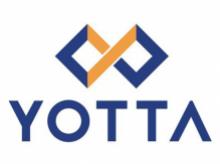

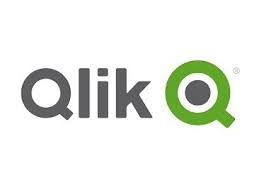








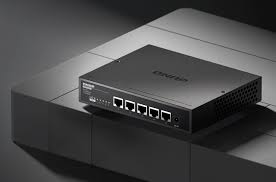
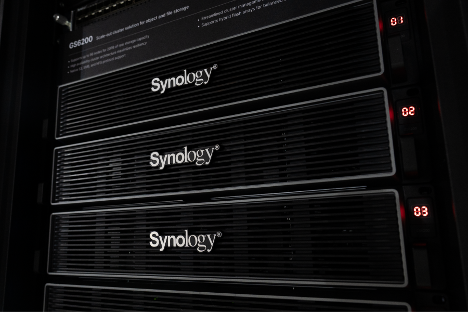






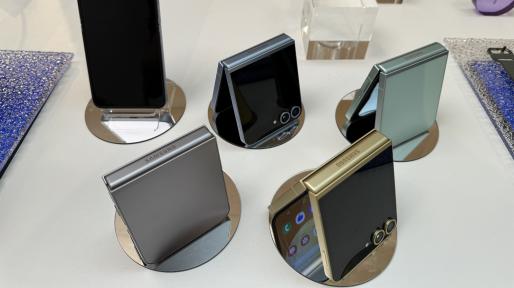











Leave A Comment